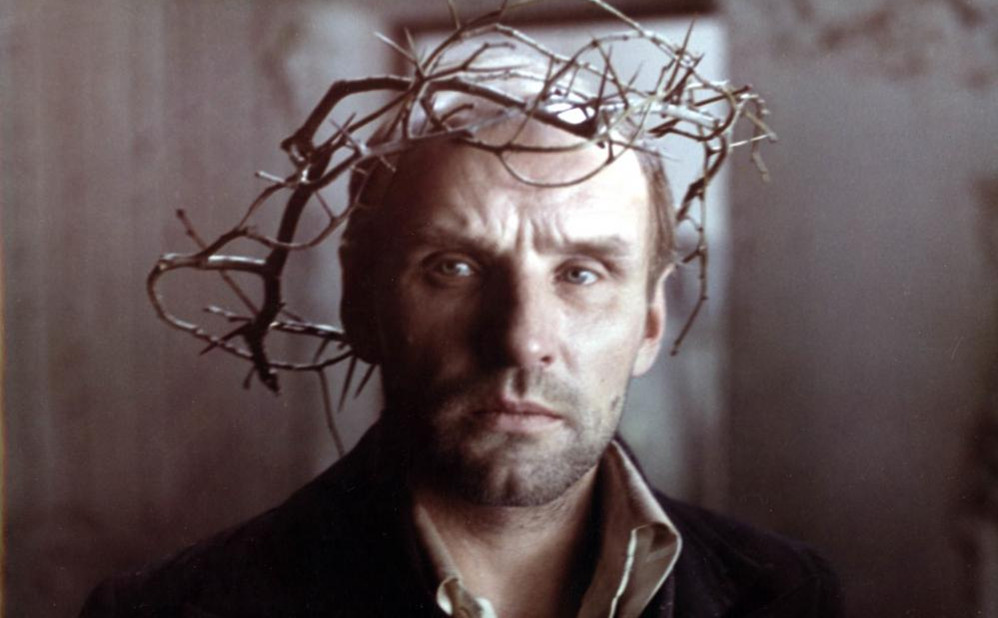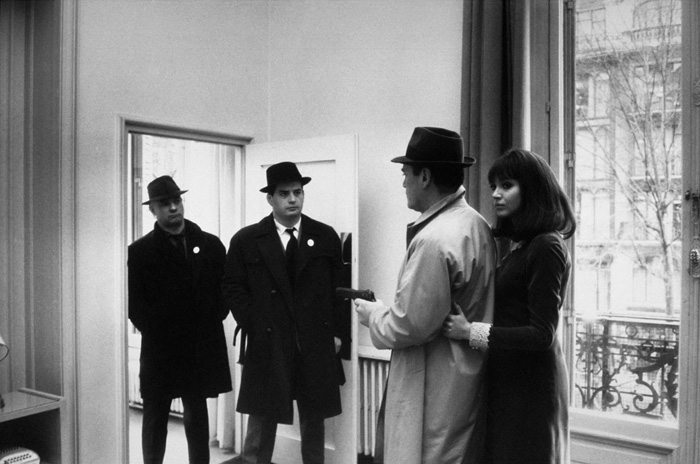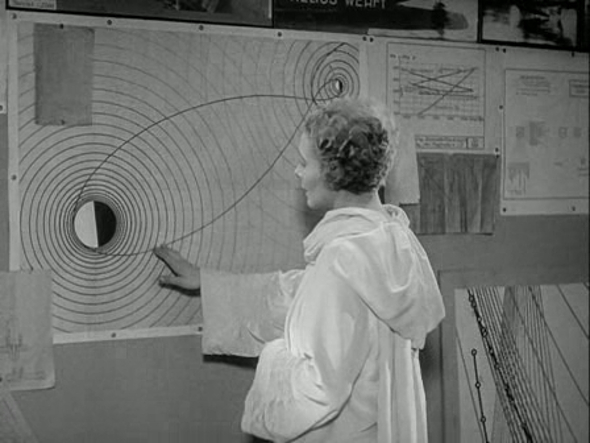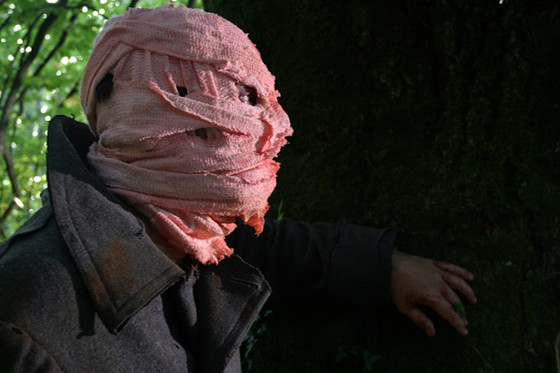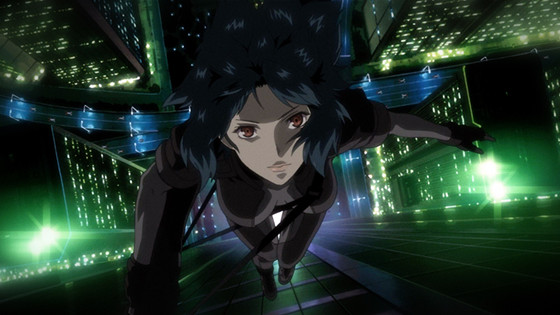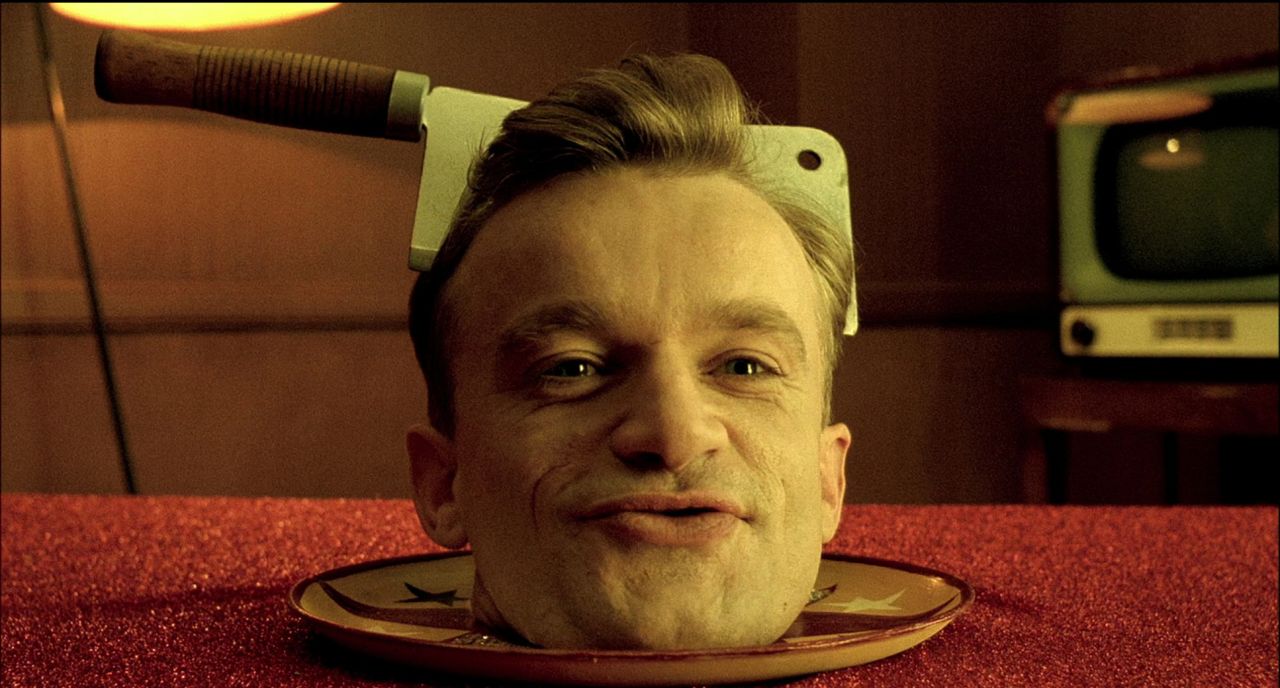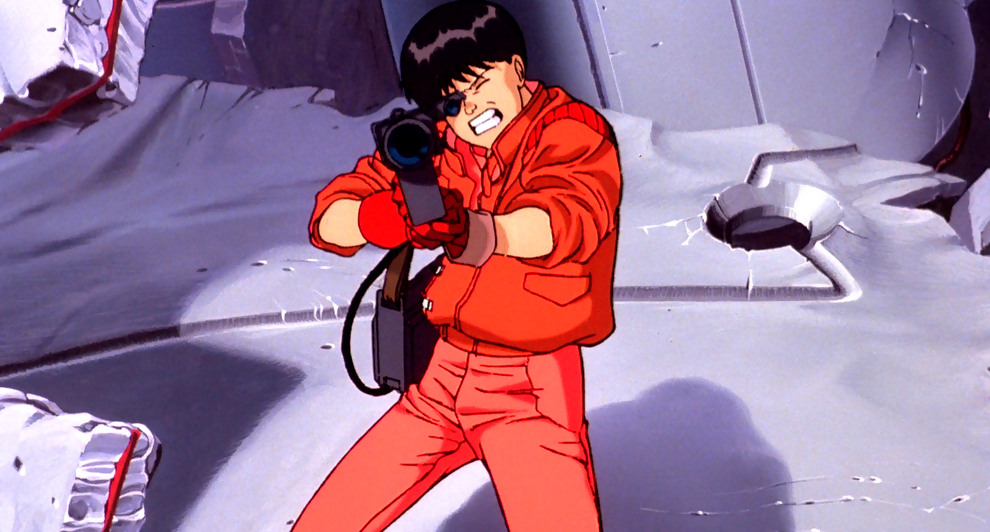In 1968, Kubrick’s masterpiece 2001: A Space Odyssey pushed sci-fi movies to a higher level. Suddenly this film genre (as many people consider it to be) could be eminent and profound. There were some other attempts before 1968 to make this genre look serious, but they didn’t get massive attention at the time.
Besides Stanley Kubrick’s brand American name, there do exist some other definitely lesser-known names out there that deserve attention. Here comes the list with 15 foreign sci-fi films considered the best of all time.
15. Alphaville (France, Jean Luc Godard, 1965)
Alphaville is one of the best known of Jean Luc Godard’s films. It is a film noir made by a Nouvelle Vague master director, set in a sci-fi dystopian background. Lemmy Caution, in a trench-coat and with a weathered visage, reminds you of an archetypal American anti-hero. But this anti-hero acts in a futuristic world, in a far away space city where things aren’t that good.
Love, poetry and emotions have been outlawed. In the dictionary these words are replaced with different words and contradictory concepts. People have forgotten their meaning or their evocation. Those who manifest signs of love or emotions are considered mad. All of this madness doesn’t stop Lemmy from loving and being loved. He falls for the daughter of the main villain. In the end, love conquers all.
There are no special effects in this movie. All the futuristic scenes were shot around Paris, so watching this film probably will teach you how to shoot sci-fi in your own neighborhood. Besides this, there are a lot of references to George Orwell, the Theory of Relativity, Paul Eluard, Nosferatu and Jorge Luis Borges, and maybe after watching this, you’ll feel a little more intellectual.
If you’ve already seen Kansas City Confidential (1952), try to imagine the main character, his lover and her father in a futuristic city far away from Earth. Sounds good, doesn’t it? If you’ve already seen In Time (2011), after watching Alphaville you will finally understand where Amanda Seyfried’s hairstyle and vulnerability come from.
14. Woman in the Moon (Germany, Fritz Lang, 1929)
Released 40 years before Neil Armstrong landed on the Moon, it’s considered to be the first serious sci-fi movie. The last silent film of Fritz Lang is visually mesmerizing and has some very innovative effects for the time. There are also some scientific facts that have been proven true many years later.
In the first half of the film, Helius, the main character, who believes in Professor Mannfeldt’s theory of finding gold in the Moon, meets Mr. Turner (who looks like Hitler). Mr. Turner tells Helius that he knows everything about his spaceship, his plan and Prof. Mannfeldt’s theory, and he’s going to be part of the spaceship crew. Meanwhile, Helius’s assistant, Windegger, get engaged to Friede, who’s the love interest of Helius, but she doesn’t know anything yet.
In the second half of the film, all these characters go to the Moon. And yes, they find gold there. Spoiler Alert: At the end, the rich bad guy (who looks like Hitler) dies. The rich good guy (Helius) gets the girl. And the middle class normal guy (Windegger) gets nothing.
13. Timecrimes (Spain, Nacho Vigalondo, 2007)
This is a low-budget time machine film just like Primer. Hector, a middle-aged Spanish man who lives in the countryside, after detecting some beautiful tits in the woods with his binoculars, decides to go and see them. He is pursued by another man of the same height as he, with a pink bandage covering his head. Hector looks for shelter, but he ends up in the wrong place.
A scientist tells him to enter a large mechanical device (the time machine) to get rid of that pink-bandaged man for good. So Hector travels back in time nearly one hour. After a car accident while driving the scientist’s car, Hector bandages his head. The bandage slowly turns pink from his blood, and so on. An infinite time loop of repeating events happens during the last hour.
This film has great cinematography and a spicy theory demonstrating that turning back time will never change the course of the upcoming events completely, whatever you try to do. Also, boobs, peeping Toms, suspense and a time traveling paradox can make anyone curious to have a look at this film. At least it’s like watching Primer plus some European flavors.
12. Ghost in the Shell (Japan, Mamoru Oshii, 1995)
This is one of the movies that inspired The Matrix. The events take place in the futuristic, interconnected world of 2029. The central character is a female cyber cop. She is hired by the government to trail someone called “The Puppet Master,” a virus.
Ghost in the Shell asks many philosophical questions about humanity. What makes a person human? Is it the body of flesh and blood, or is it the soul? What if your soul is transported to a body with of the opposite gender? Which is your gender, the one within your body or the one within your mind?
A Bible verse (I Corinthians 13:11) is cited in this movie. The opening song is written in ancient Japanese. Both the Bible verse and the opening song are about God and love.
It’s the first Japanese anime movie released in the USA and UK at the same time as in Japan and is a cult film for all the cyber lovers around the world.
11. Delicatessen (France, Jean-Pierre Jeunet & Marc Caro, 1991)
We can put this movie on this list just because it takes place inside a post-apocalyptic environment, but it’s more like a disturbing comedy. It contains a butcher, his daughter, a clown, and a bunch of vegetarian fanatics trying to act as foolish as they can inside a claustrophobic building somewhere in a dystopian Paris where all the food is almost gone.
The cartoonish images build up a colorful surrealistic style that is really impressive. The director is the same guy who made Amelie. Yep, now you’ve got it! The melancholic melodies that are used in this film make it look even more bizarre, and the characters sound even more grotesque.
This movie can be disturbing or lovable; it depends on your tastes. Now let’s be objective. The images are almost flawless. And the dialogue is almost cheap.
10. Akira (Japan, Katsuhiro Otomo, 1988)
Akira is another film that inspired the Wachowskis to create The Matrix. It depicts a cyberpunk version of 2019 Tokyo. Tetsuo, a young biker, gets involved in a secret military project. While hospitalized, he gains some superhuman powers. Colonel Shikishima and Doctor Onishi decide that Tetsuo must be stopped because he can’t control all this hyper-human power.
Kaneda, Tetsuo’s best friend and the leader of the biker gang, tries to help him. With Kai, a revolutionary young girl, they meet the Espers, some wrinkled kids with psionic powers. The Espers are physically weak but their minds are necessary for a the final turn in the story.
All the main characters of this movie bear a heavy burden on their shoulders. Kaneda is almost a sociopath who tries to save his best friend and the whole of Tokyo. Tetsuo suffers from an inferiority complex. He has always been in second place. The colonel is a man of honor pursued by his own past. During a confrontation between guerillas and anti-government activists, he shouts at them: “Enough! Open up your eyes and look at the big picture. You’re all puppets of corrupt politicians and capitalists. Don’t you understand? It’s utterly pointless to fight each other.”
9. Je t’aime, Je t’aime (France, Alain Resnais, 1968)
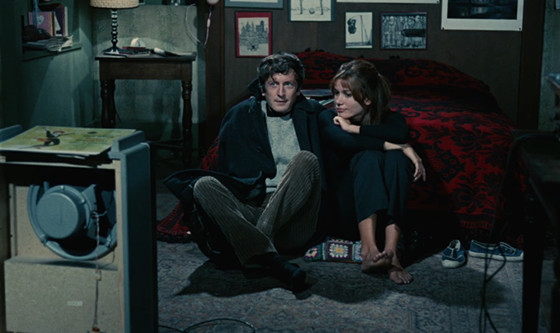
Alain Resnais was a foundation stone of French New Wave with his early works. Later, in concert with some other major French names, such as Agnès Varda, Chris Marker and Marguerite Duras, they established the “Left Bank.” This movie was made by Resnais in the same decade as Last Year at Marienbad. They share the same non-linear storytelling.
Claude, the main character, a suicidal man, participates in a scientific experiment in which he is to test a time machine. A malfunction of the time machine traps him in the past. He experiences his own past again, but this time in a non-chronologic order.
The time machine confronts this man with his own fears, his mental illness and his love. The past remains solid like a nightmare, and Claude cannot wake up. So if the past is always there (because time is relative) do we ever escape from that? Despite what scandalmongers say, this dreamy style was Resnais’ choice, not an inability to shoot a linear story.
